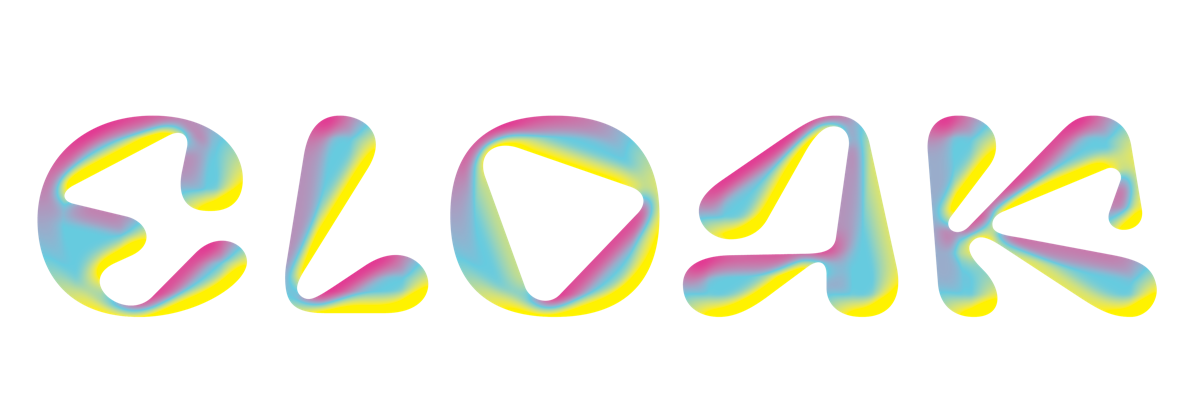The CLOAK is a tool of obfuscation. It works not by rendering itself undetectable, but rather by creating a surface which conceals the actions beneath. These actions remain visible in the broader sense, but their details are masked. The observer may notice the russling of fabric, the moving of limbs, but they are unable to discern what is russling, what limbs are moving, what these movements may lead to. Projected through this surface, the gestures of the hand become decoys, ploys, stratagem against the observer.
A blurring flourish / a stealth weapon / a vestigial skin
Across this medium, the many mediums contained within it, the literary-object becomes multi-functional. First, as an independent entity. Something that`s value is not tethered to the subject. Autonomous / at times unobserved. Then, as a subject-in-itself, projecting its will back onto the reader. Turning them into something viewed, read, watched. A participant, willing or not, in the creation and perpetuation of the artwork.
The body of work / The body of the work / The work of the body
The CLOAK engenders visibility on the terms of the observed. Its creation is inevitably digital, not unlike most contemporary literature. The text is written on a computer. In Microsoft Word, Google Docs, Notepad, Libre. Its appearance is designed on InDesign, Powerpoint, Affinity, Twine, Rhino. Its form is produced by IngramSpark, Itch.io, KDP, BookMobile, Friesens. It is not only important to recognize these constraints within the creation of the text, but find ways in which they can be warped to benefit the objects of their inception.
To learn more, consider purchasing our introductory release.
We would like to thank German Sierra, Daymian Snowden, Logan Berry, William Watson, Danika Stegeman, Sam Machell, Robert Comparda, Mariana Marangoni, Anthony Dragonetti, Michael and Adrienne Gower, Chase P-G, Tristan James, Feral Dove, Logan Jones, Jace Britain, Jake Reber, Jared Billings, and Alec Vohnoutka for their support.

